Education Resolutions: 5 Ways Schools Everywhere Can Evolve in 2023
As this little rock in space begins a new lap around our star, it is a common practice to talk about New Year’s resolutions and goal-setting. In fact, of all the goals we set this year, ones that center on evolving our schools and education systems to deliver a sustainable future might be the most important of all.
For schools to successfully design an education system that fosters the type of solutions-oriented thinking and innovation we need to tackle 21st century challenges, it’s essential not to shy away from lofty aspirations – aim high and think BIG!
With that in mind, I’ve outlined five meaningful and, importantly, achievable resolutions to help schools and their communities move towards educating for sustainability and environmental action in 2023.
1. Redefine the purpose of your school
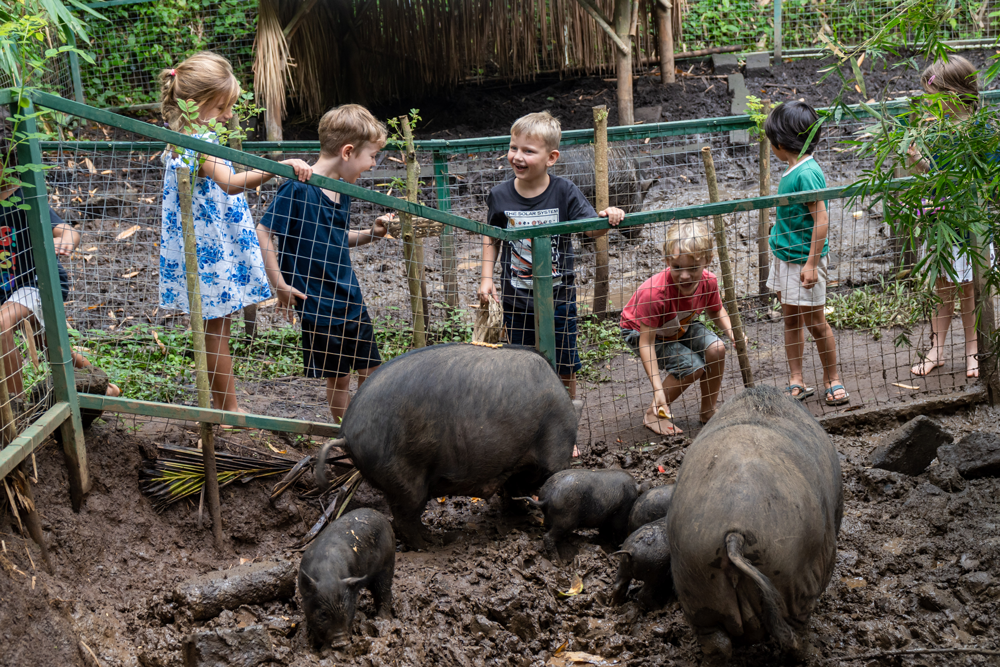
The purpose of education should go beyond simply preparing students for the future as if they have no say in it. Rather, approaches to education should be born from a desire to create a different, better and, critically, a more sustainable future. We should teach students about the world, yes, but also show them their role in that world, their connection to their world and environment and the impact they can have on it. By doing this, education becomes the center for solution-based innovation and environmental action.
2. Establish your school as a culture-setting hub in its community
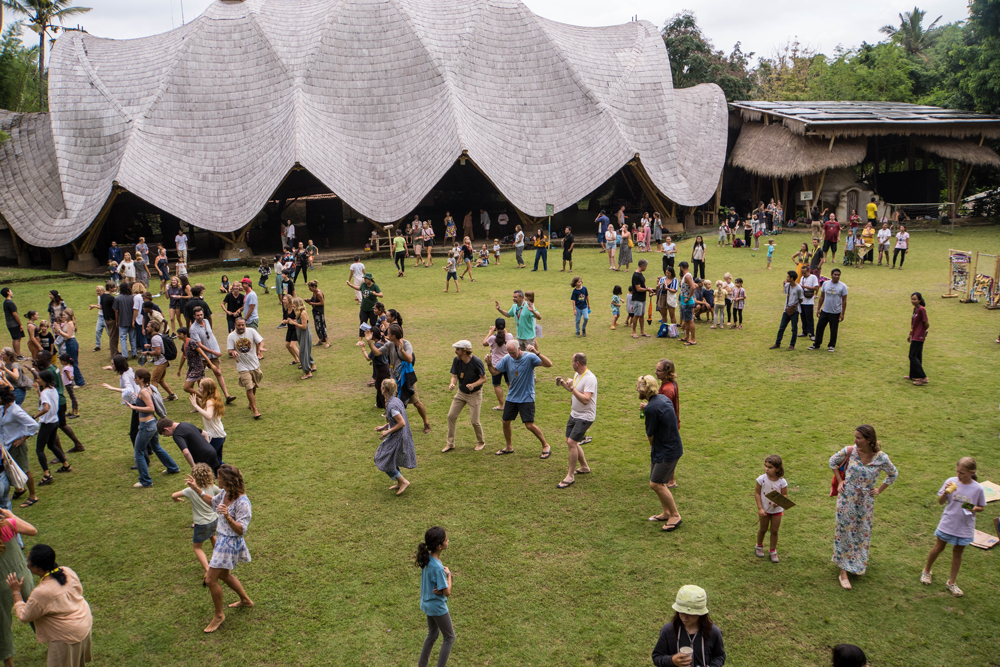
Connecting schools to their surrounding communities, and communities to their schools, not only enriches learning experiences by facilitating real-world learning opportunities, but positions schools as culture-setting hubs – where the values the school teaches and lives by also become the values of the communities of which they are apart – expanding positive influence outward into the world.
3. Create learning experiences, with real outcomes, to have a positive impact on the environment.
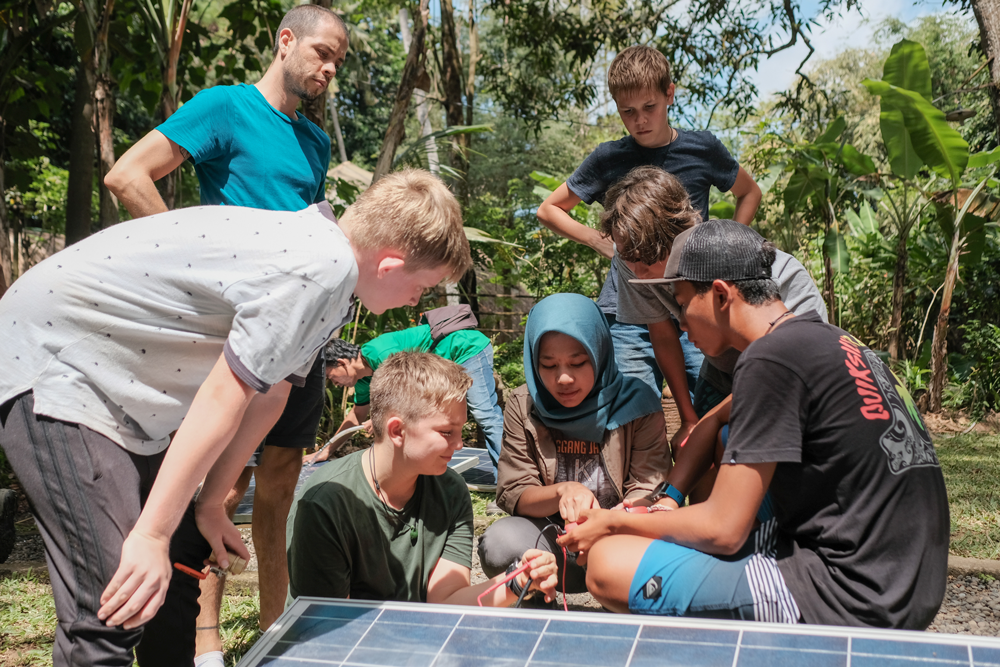
The problems caused by climate change are going to continue whether we prepare students for them or not. The best way to prepare them for these problems – and prevent the feelings of overwhelm these problems can cause – is to joyfully engage students in solution-based learning experiences to tackle real world problems. When you demonstrate to a student, or really a student demonstrates for themselves, the positive impact they can have on their world no matter their age or experience level, you empower them with both the confidence and agency to continue taking positive action long after graduation.
4. Think more than ‘Educating ABOUT sustainability’
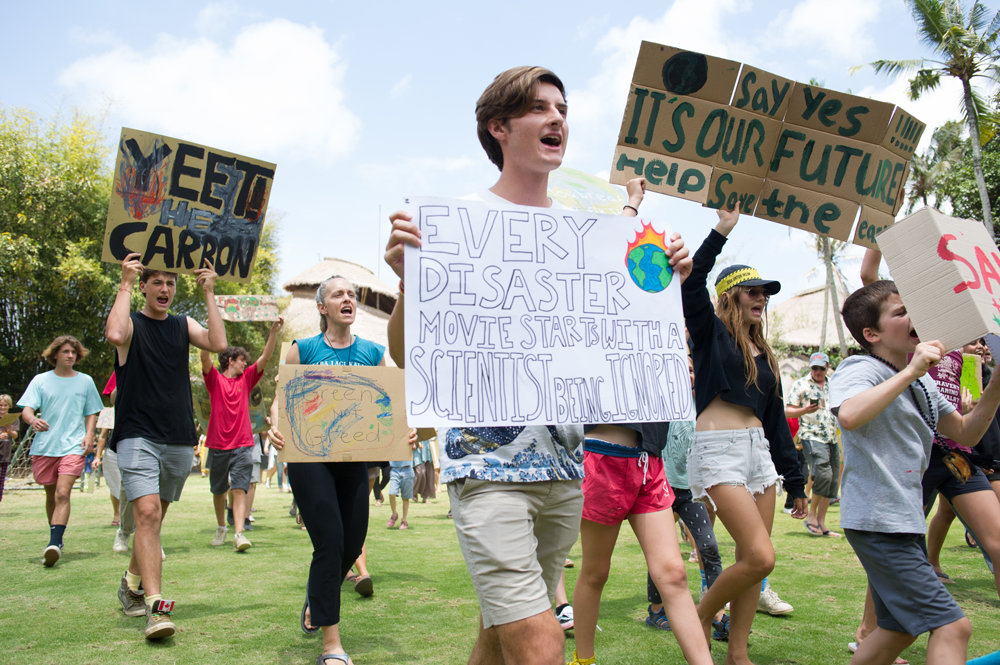
The future needs schools to be educating FOR sustainability, where environmental action across all sustainability issues is an outcome for individual students and the ambition of the whole school community. This doesn’t begin and end with a bamboo building or school garden – it means continuing to evolve the curriculum, learning environment and student projects to be in line with the current global understanding of what this planet needs to thrive.
5. Create a globally relevant curriculum inside your local culture and context
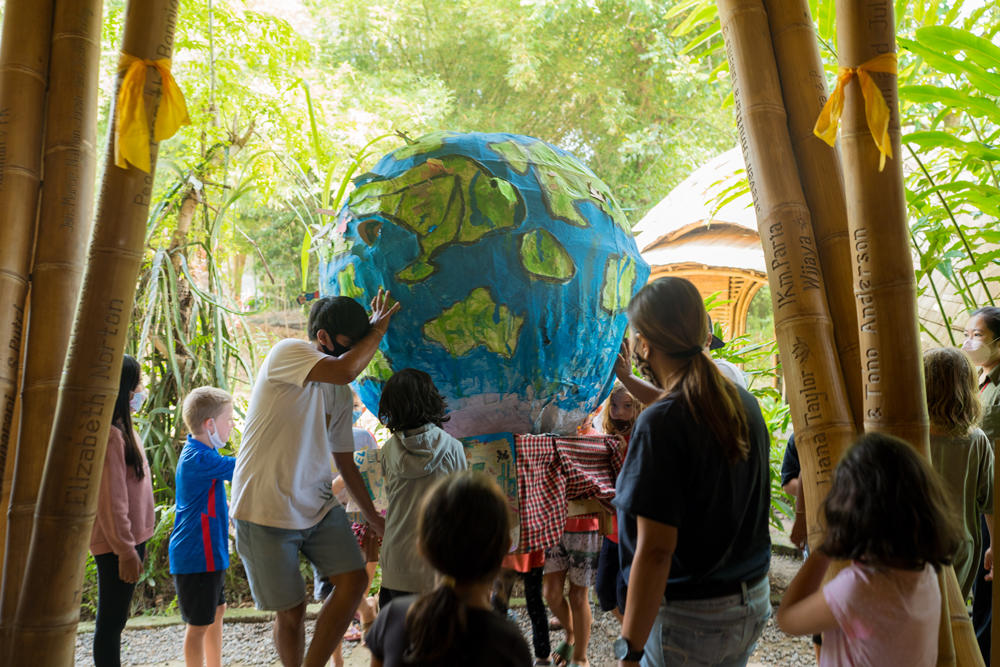
It is difficult for learners of all ages – myself included – to grasp environmental and societal issues on a global scale, but when you ground these issues in a local context we don’t just understand them, we feel able to take action on them.
While some people may be setting goals to go to the gym, eat healthier, take more walks, or spend more time with family and friends, I am hopeful that schools are also setting goals that move their communities towards educating for a sustainable future. Education is a change-mechanism we need to access and innovate for our youth and this beautiful planet. In 12-months time, after another lap around the Sun, let us look back at this year celebrating the changes we have made to education.
